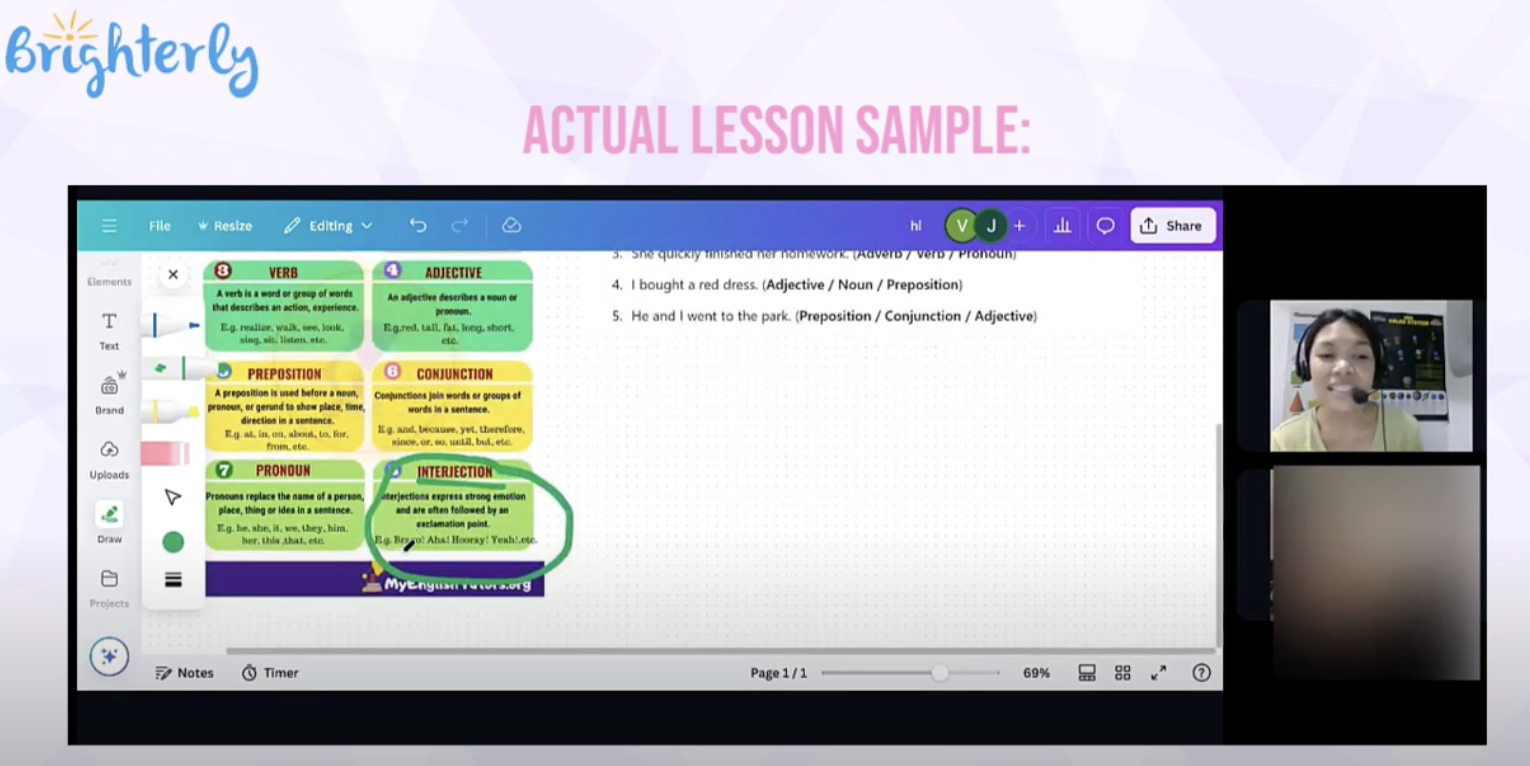Physical Address
304 North Cardinal St.
Dorchester Center, MA 02124
Physical Address
304 North Cardinal St.
Dorchester Center, MA 02124
Children just aren’t reading like they used to anymore. The pull of digital screens is tearing kids away from their once-beloved books and creating a generation that not only struggles to read but hates it.
Evidence from teachers highlights issues like children struggling to read the entirety of classic novels like To Kill a Mockingbird within a semester, deeming longer books “boring”. Others say their ability to read for longer periods was affected by the pandemic. From a sociology perspective, this shift in reading habits reflects broader societal changes, including the rise of digital media and its impact on children’s attention spans and preferences.
Besides, kids tend to lose interest in reading as they age. The percentage of children who say they don’t like to read, or they don’t like it much, increases from 30% at age 6-8 to 53% by age 12-17. The fact is ultimately having an impact on their school performance — reading proficiency for 12th graders is at its lowest since 1992.
This article was created by a reading tutor from the Brighterly e-learning platform to discuss why our kids seem to hate reading so much and how to practice reading for kids with the use of a digital diary.
So, why do kids struggle with reading? Put simply, reading can feel like a chore to kids. With fast-paced, short-form video content and games available at the touch of a button, kids have so many opportunities for instant gratification.
Reading takes focus, while other, more readily available types of media don’t require the same concentration. They can be consumed passively. But the benefits kids lose by avoiding reading are also huge: they are no longer able to create imaginative worlds in their heads, improve their understanding of the world, and ultimately make their education easier and more enjoyable.
If you’re looking at how to practice reading for kids, a digital diary is a great aid. With it, kids can create a commentary on their reading experience, delving into themes, topics, and characterization within their chosen books.
Here are four ways in which using a digital diary can aid reading motivation and performance.
Books can help bring the existing and new worlds to life. They explore themes that are highly relevant to real life, and children can delve deeply into these topics by keeping a digital journal. In their diary, they can explore what they think the book represents and how character adventures can translate to real life.
Then, by getting their thoughts down and making sense of them, kids can reconcile their interpretation of the materials they read and more deeply understand them.
Seeing their own achievements can keep kids motivated in the future. By tracking all the books or stories they read in their digital journal, they can see how far they’ve come and marvel at their progress.
This can also be turned into a competitive challenge — either kids can compete with their friends to see who can log the most stories, or you can set milestones for them to achieve in specific timeframes. Kids love competition, and reading apps for kids make this easy.
Kids can really hone their imagination and creative skills by developing the book further in their digital diary. They can either create subplots as they go through for areas that aren’t as well-explored as they would like. Alternatively, they can make up a continuation of the story when the book finishes.
This is a really engaging activity for children, especially those who may have read a book and been disappointed by how it ends or wanted more content around certain characters or events!
It’s a proven fact that writing boosts reading comprehension. In particular, encouraging children to write about what they have learnt or read is the strongest way to strengthen this skill. In fact, it’s significantly more potent than simply re-reading passages of text over and over again. That’s why it’s often a key tactic used in interactive reading lessons for kids.
This is because writing about what they’re reading or learning encourages kids to think about it more critically and deeply. To articulate their thoughts on a topic, they need to understand it and be able to interpret it fully.
Early implementation of a digital diary to support reading guarantees the best results. If you’re wondering, “Well, what age do kids start reading at?”, the answer is around 6 or 7.
But if your child has already fallen behind their reading grade, Brighterly’s personalized reading program can bring them up to the required level — and even exceed it. Here’s how they can do their magic.
With a unique gamified model of learning, Brighterly’s reading tutor for kids makes students eager to learn and excited about their forthcoming practice. By using stories, games, and fun visualizations, Brighterly’s interactive reading lessons for kids seem like a fun activity rather than work. Gamification has been shown to improve reading comprehension, making it an approach that both engages and enhances performance.

Brighterly’s tutors personalize all stages of learning for children, which is one of the most effective ways to boost outcomes. Thus, each studying journey at this platform starts with a diagnostic reading test, which uncovers children’s strengths and weaknesses. It allows building a program that would precisely target the weak areas and also match the individual preferences of each learner.
Brighterly offers free reading resources, which are explicitly available to all children, their parents, and private tutors. These include:
Obviously, we won’t be able to solve children’s aversion to reading with just one solution. Instead, we need to take a multi-pronged approach to reigniting the passion we had as youngsters. By combining personalized tutoring with a digital diary where children can record all their thoughts and analyze their work, we can create a new generation of avid (and skilled!) readers.